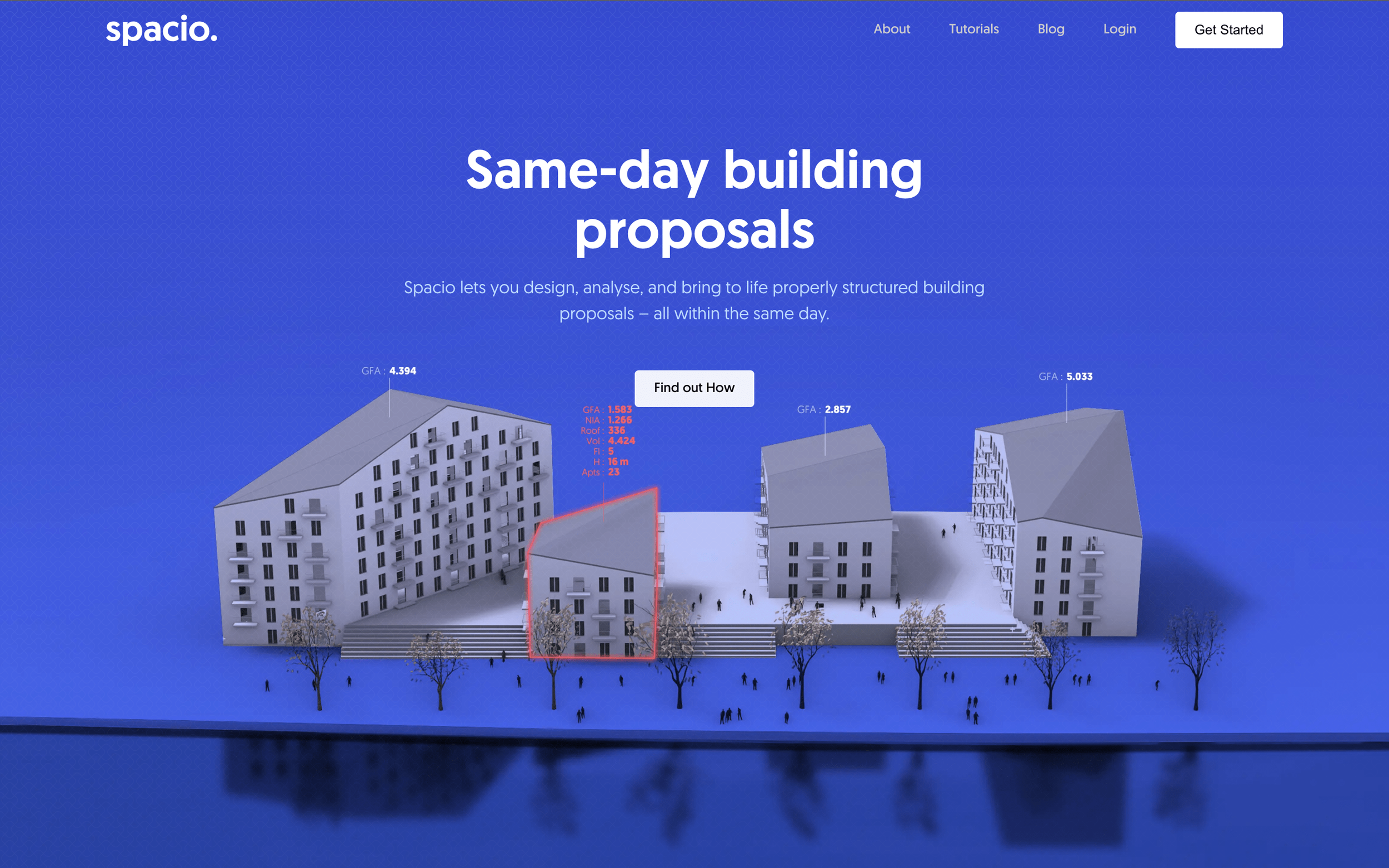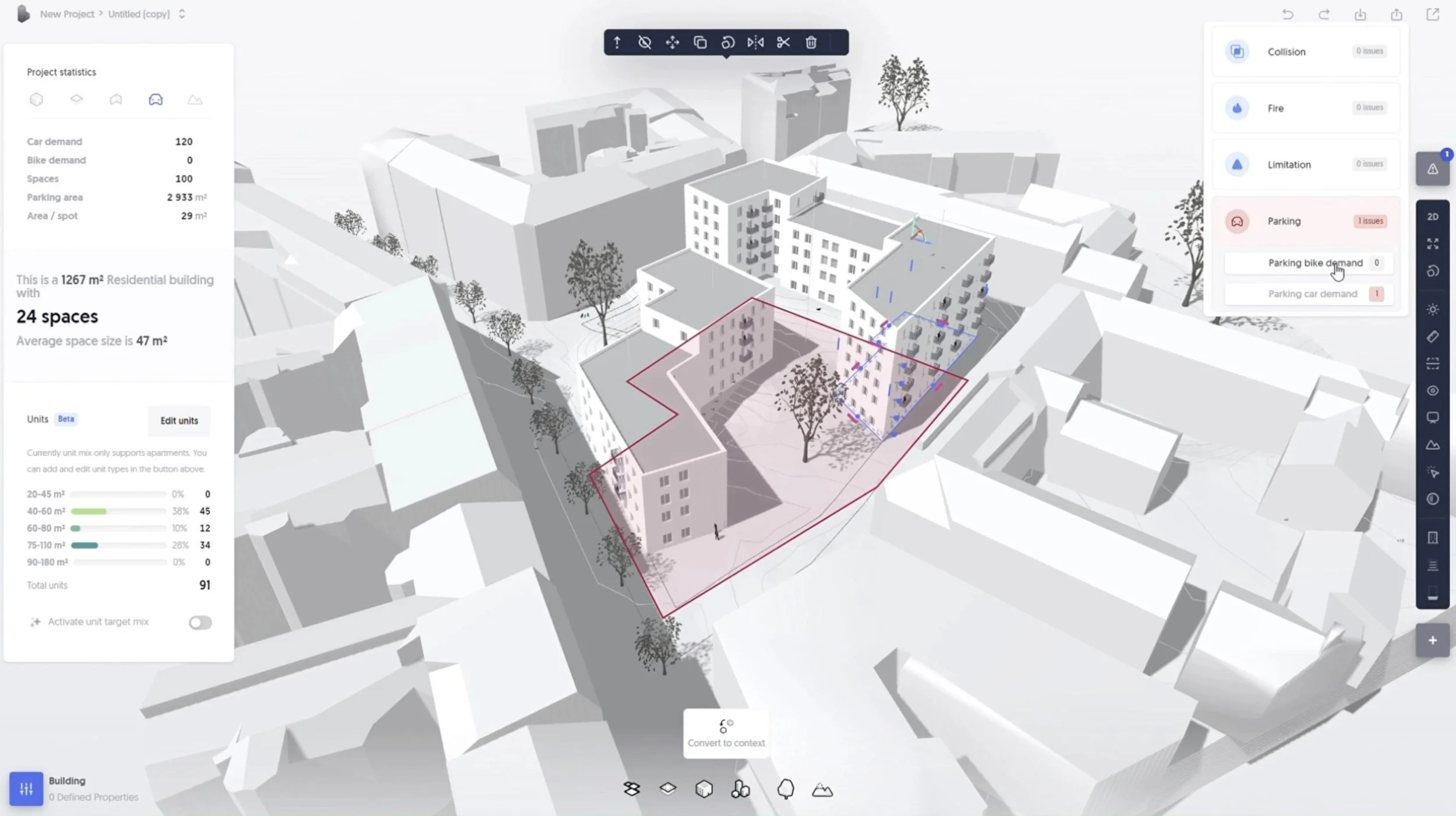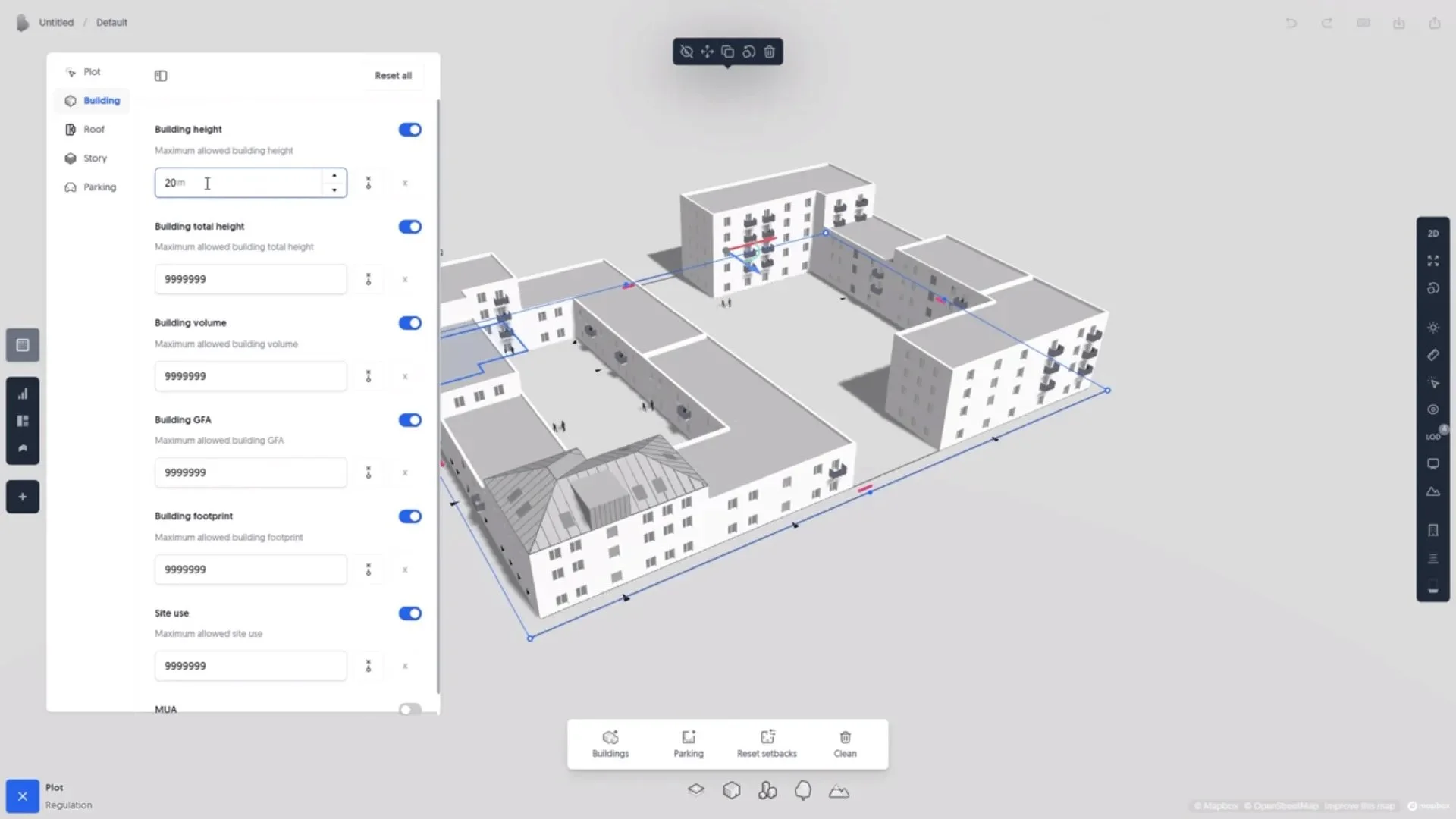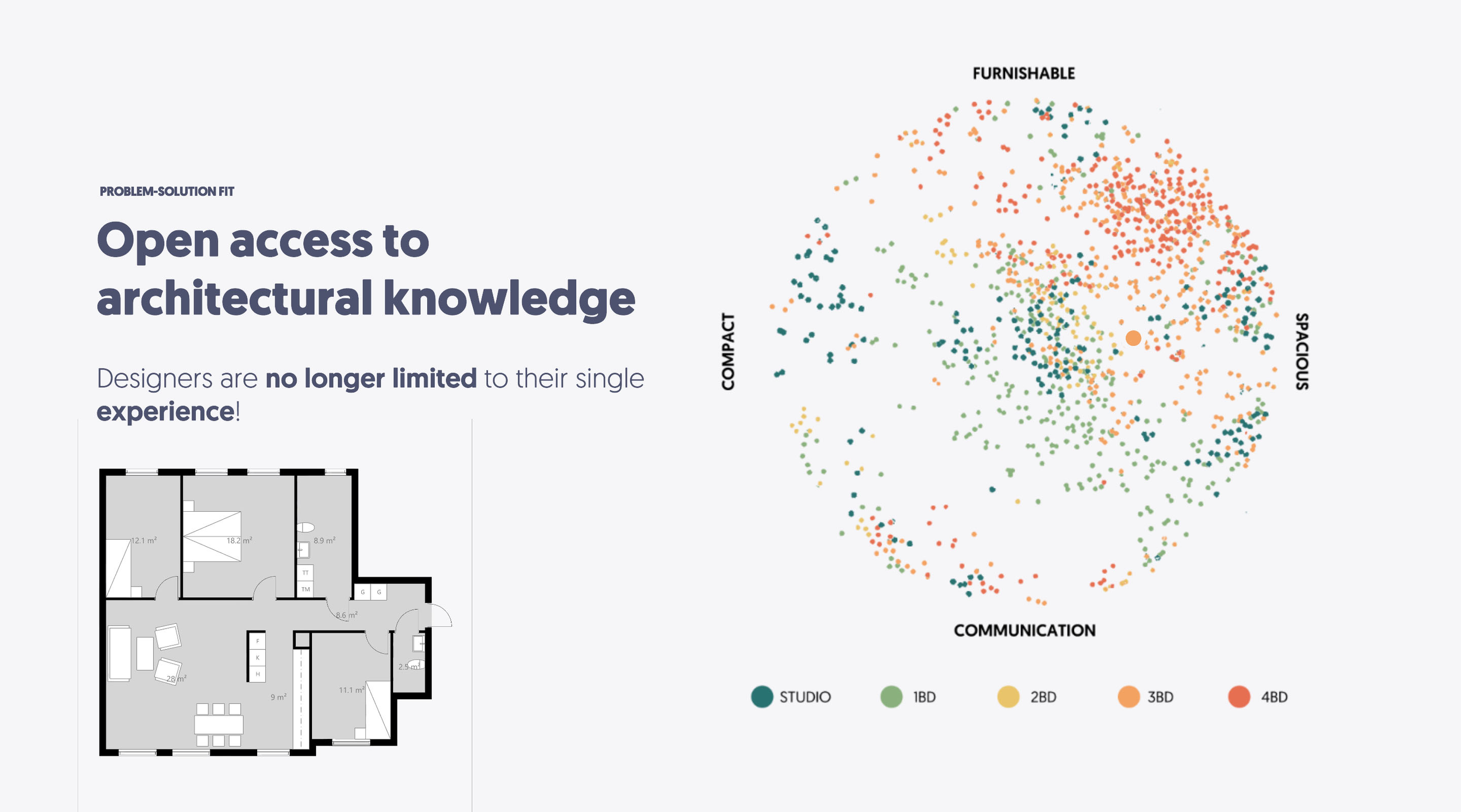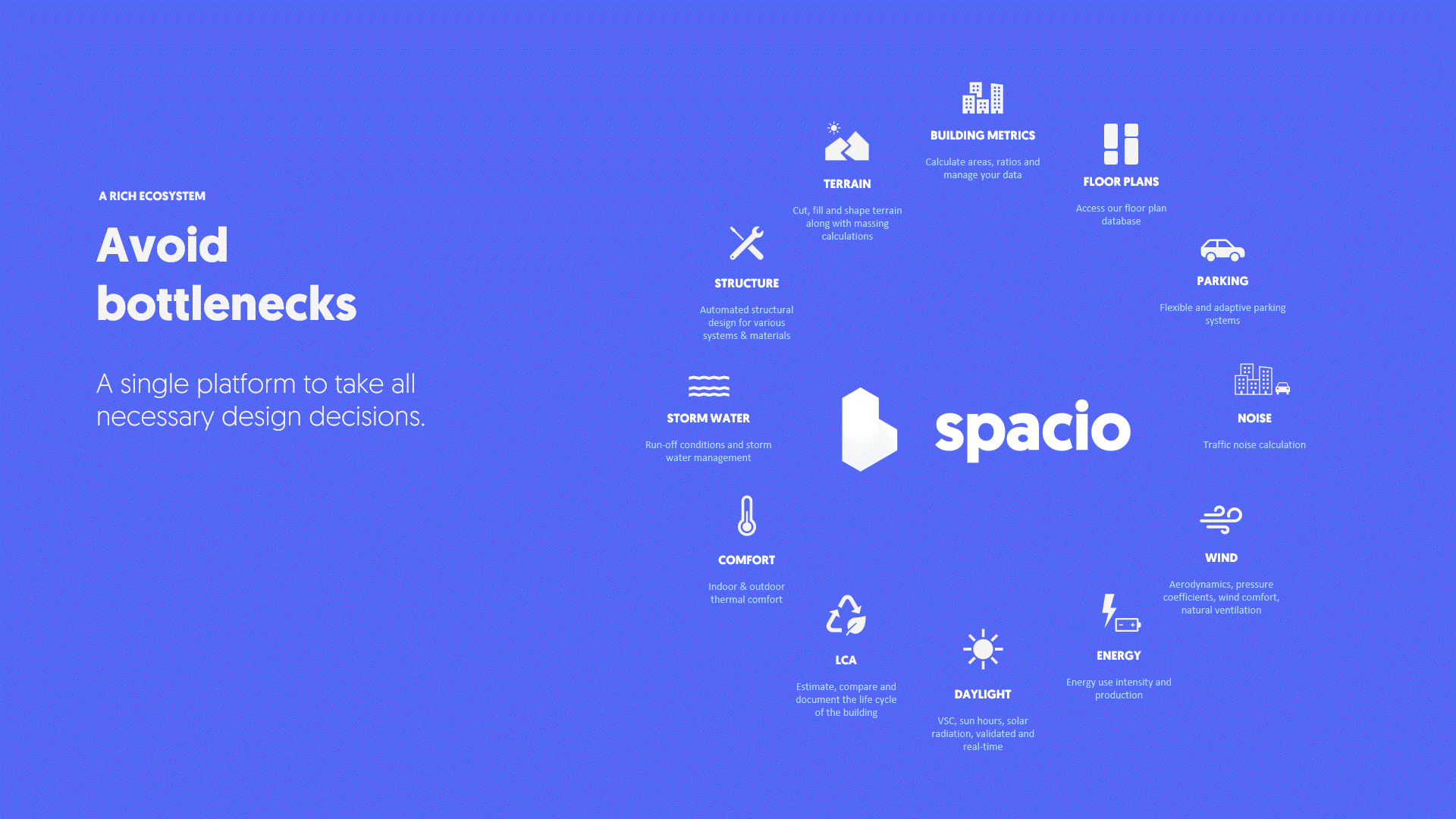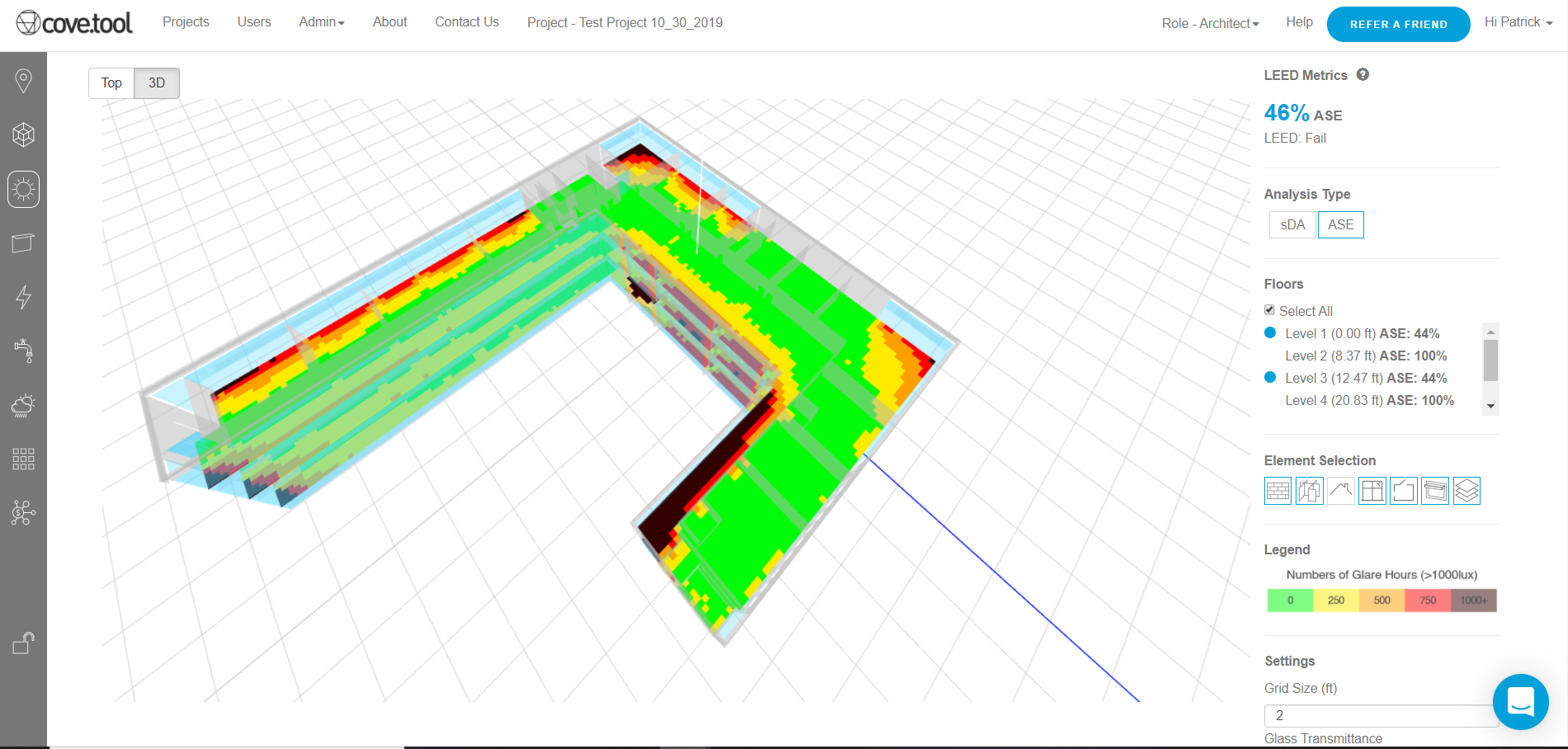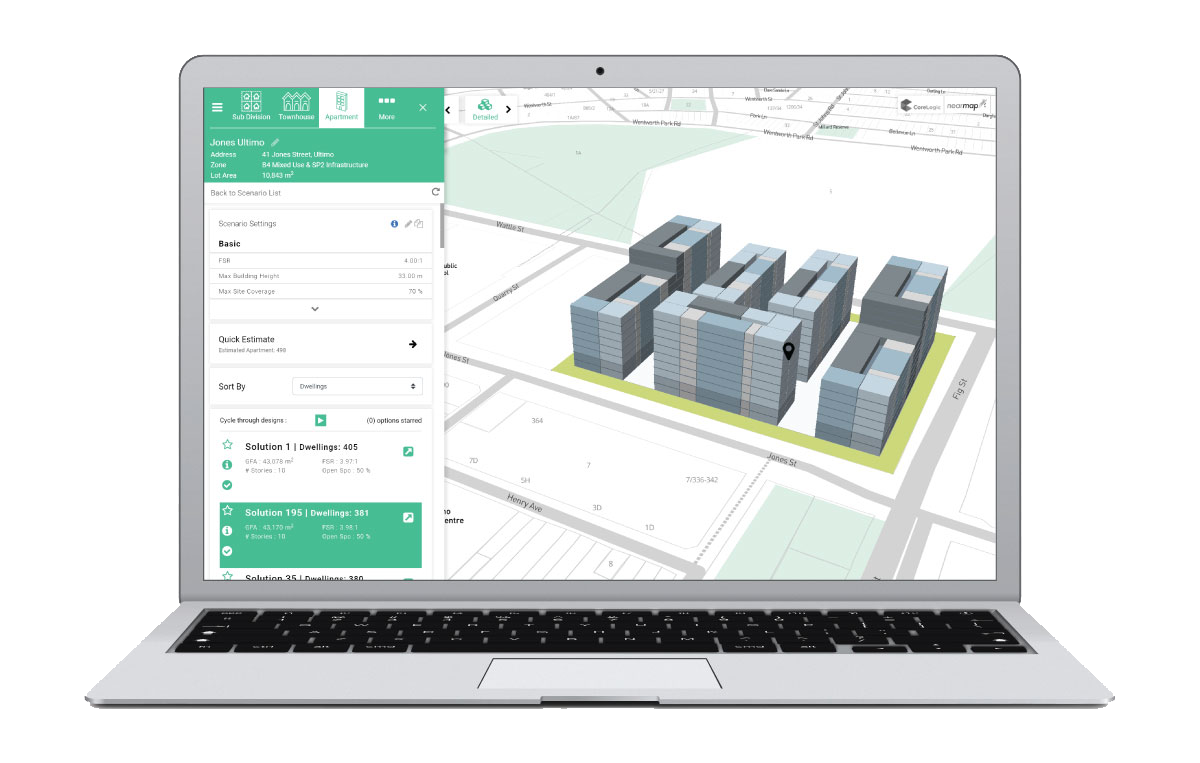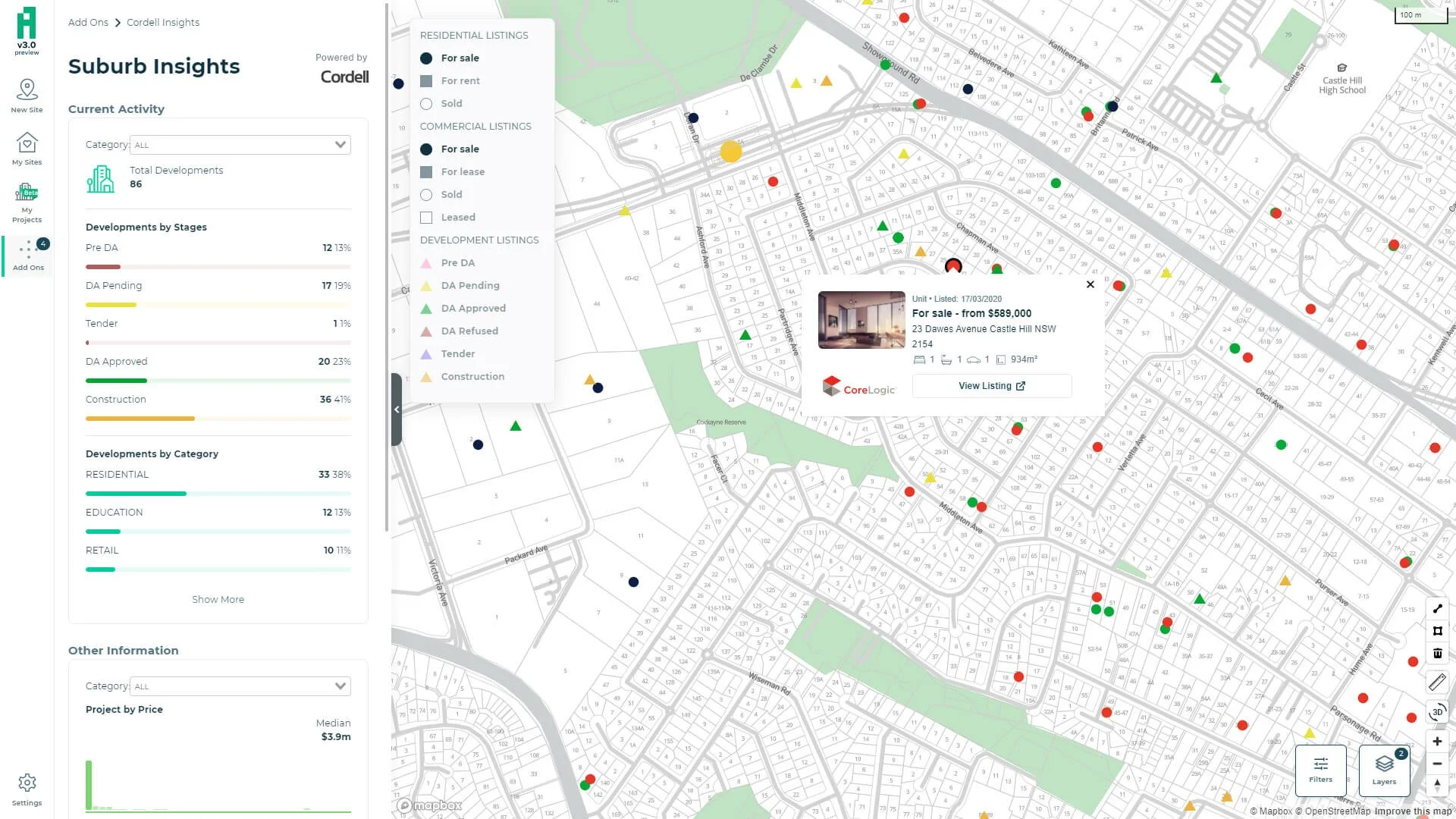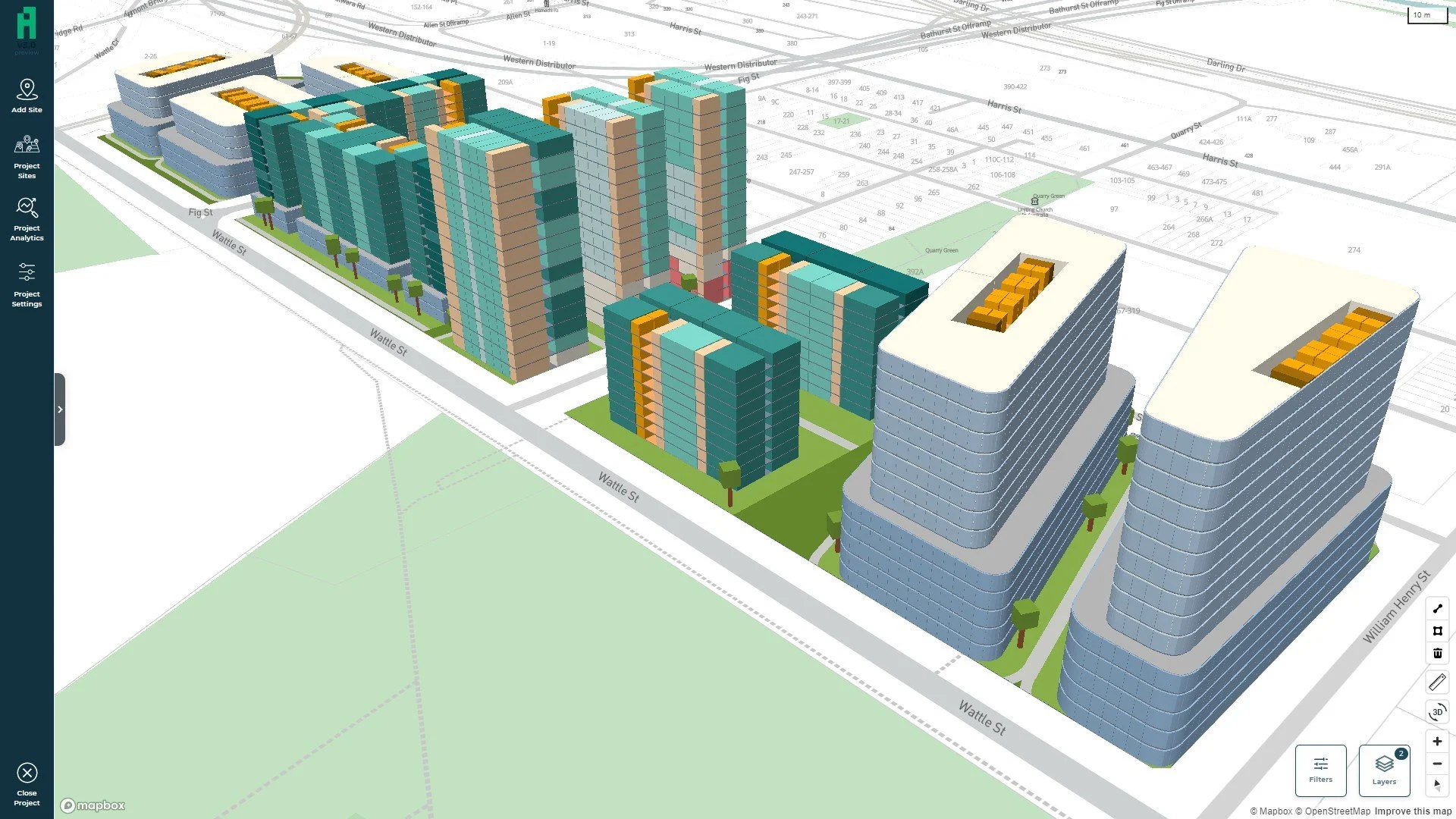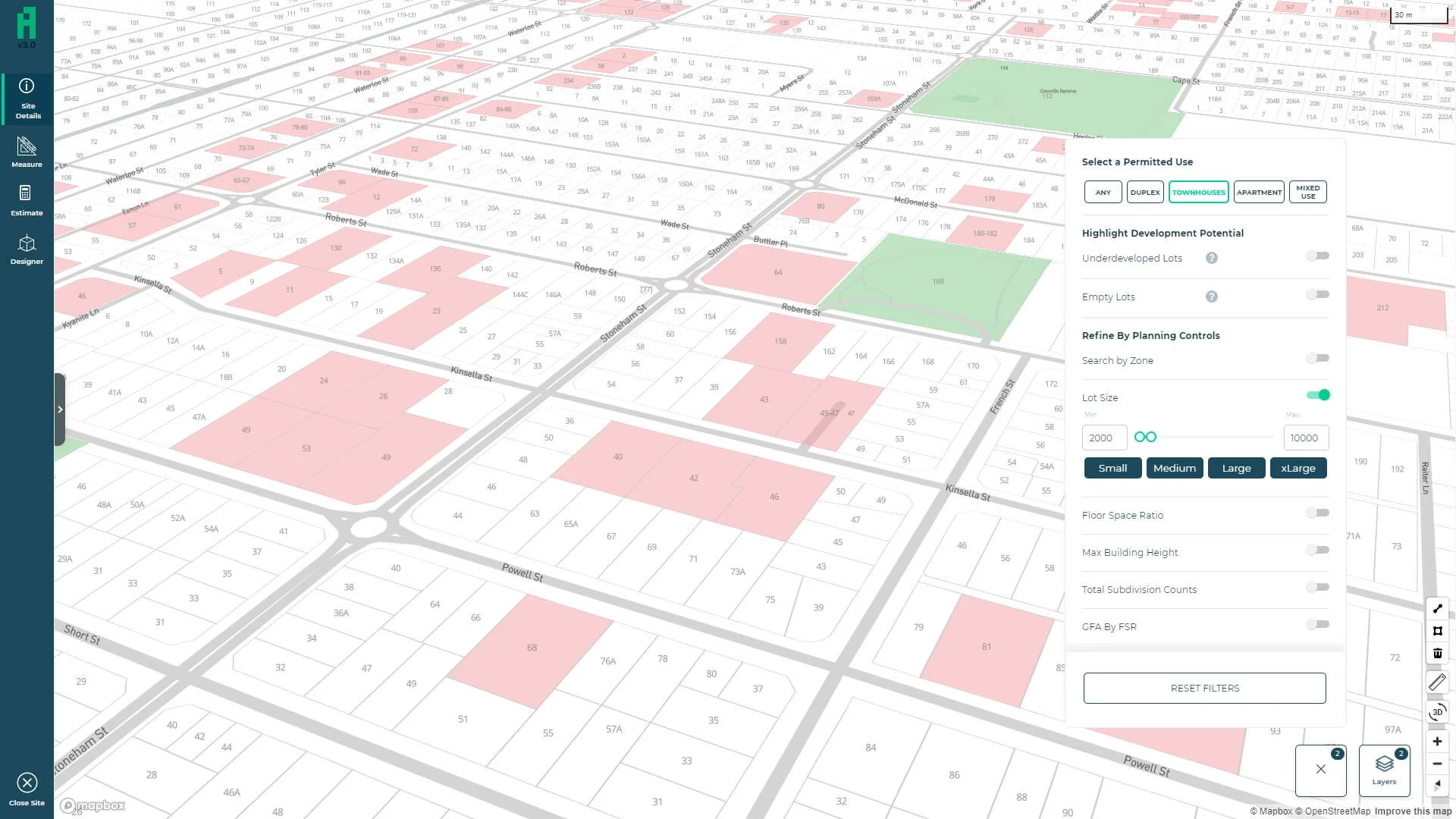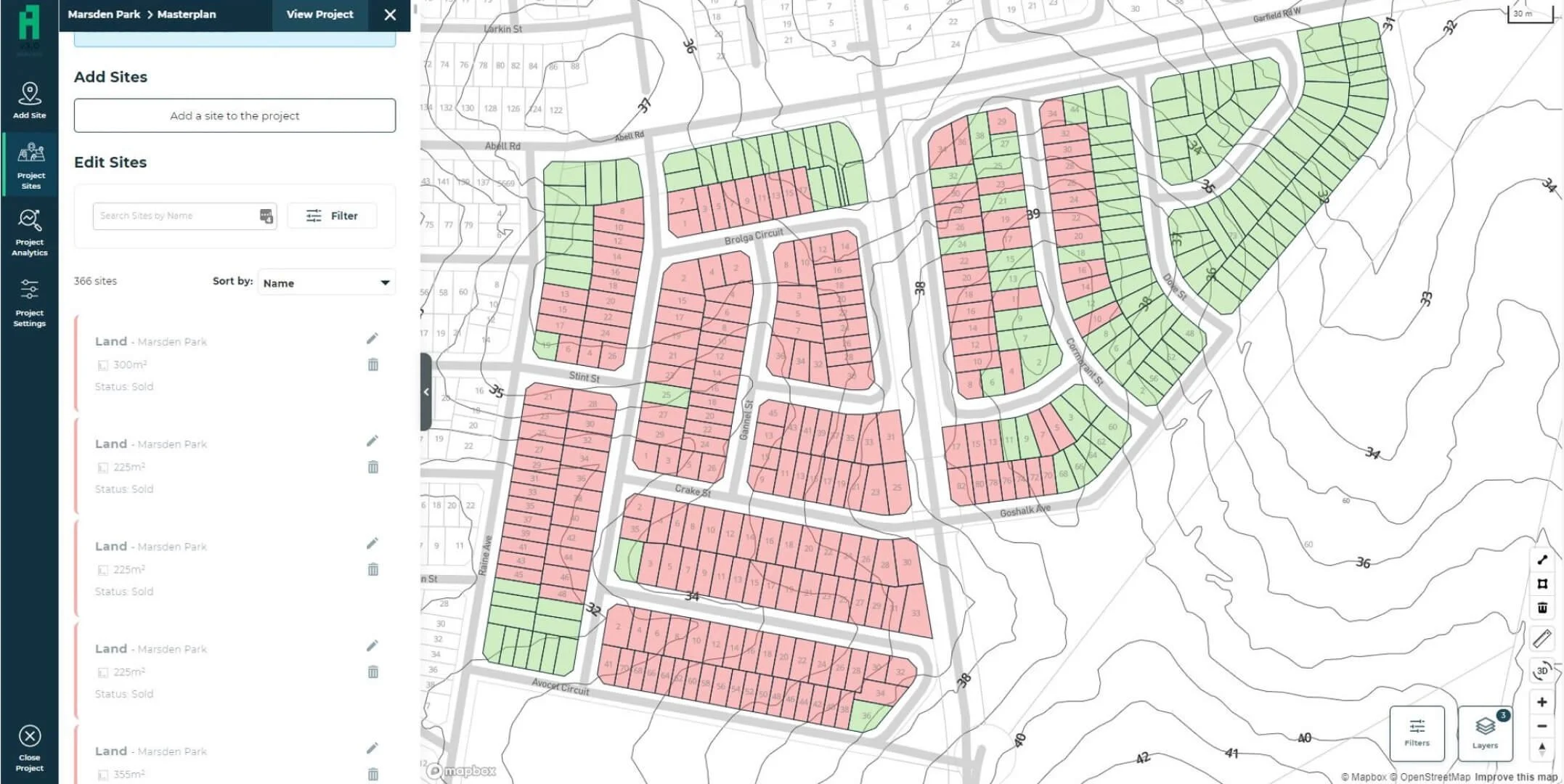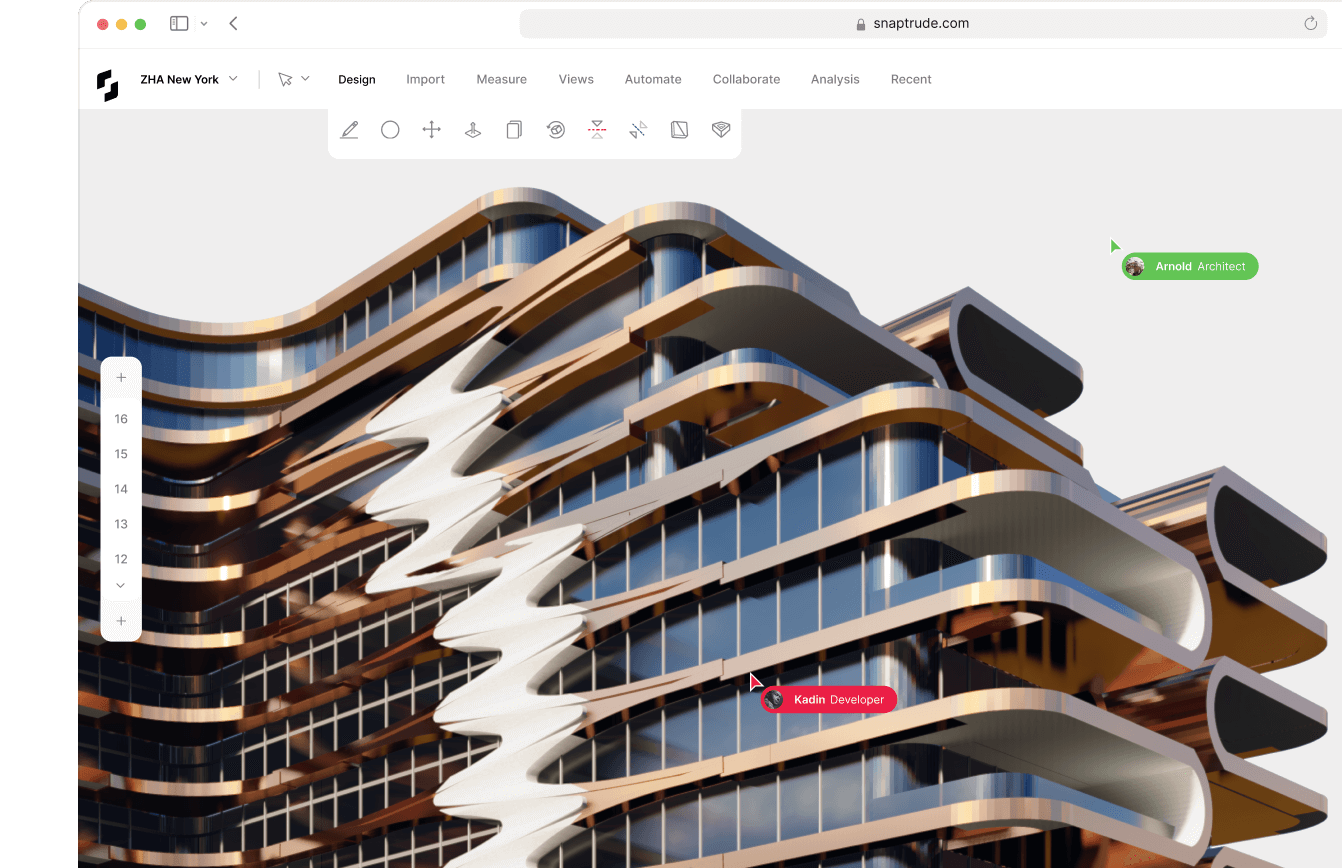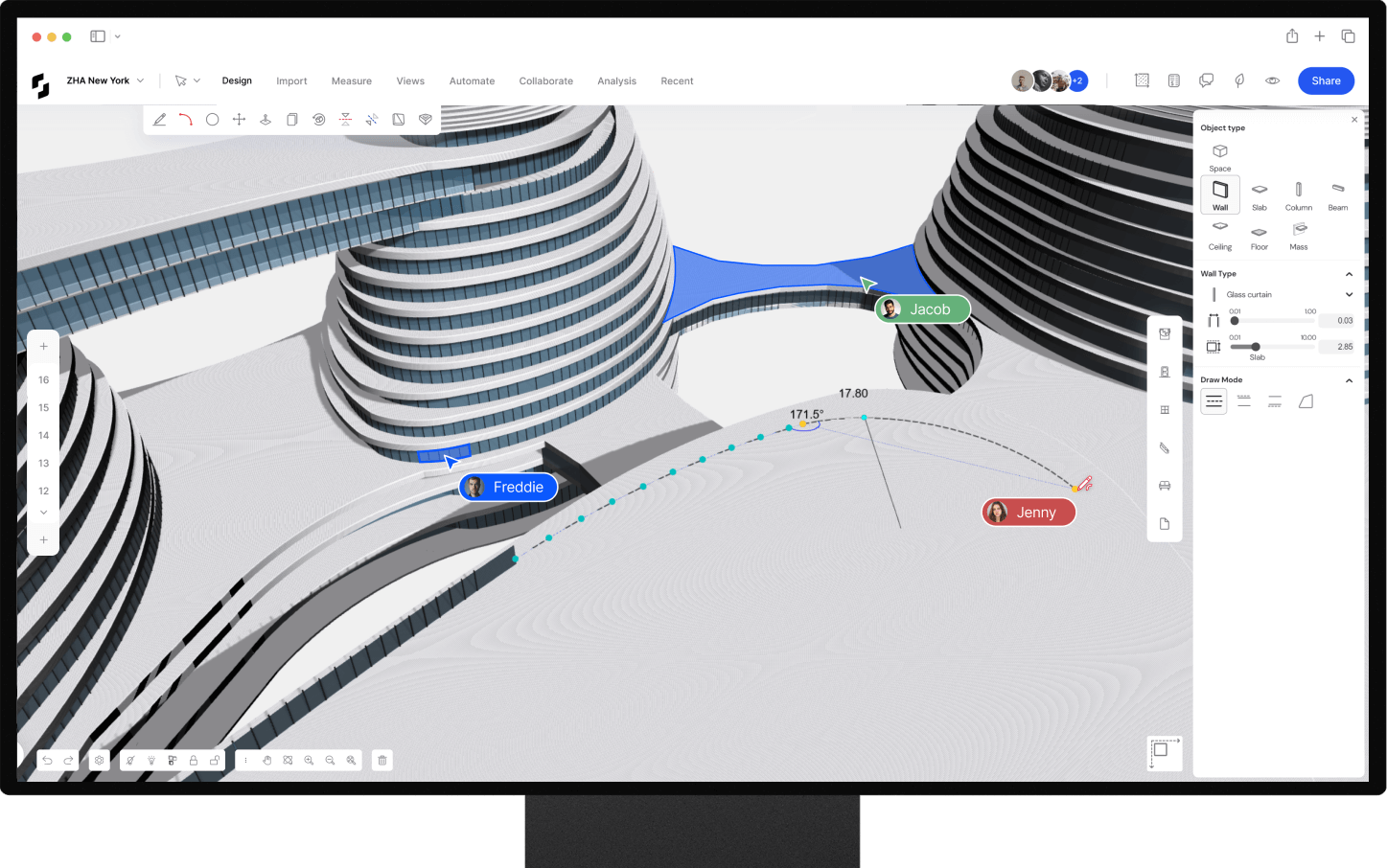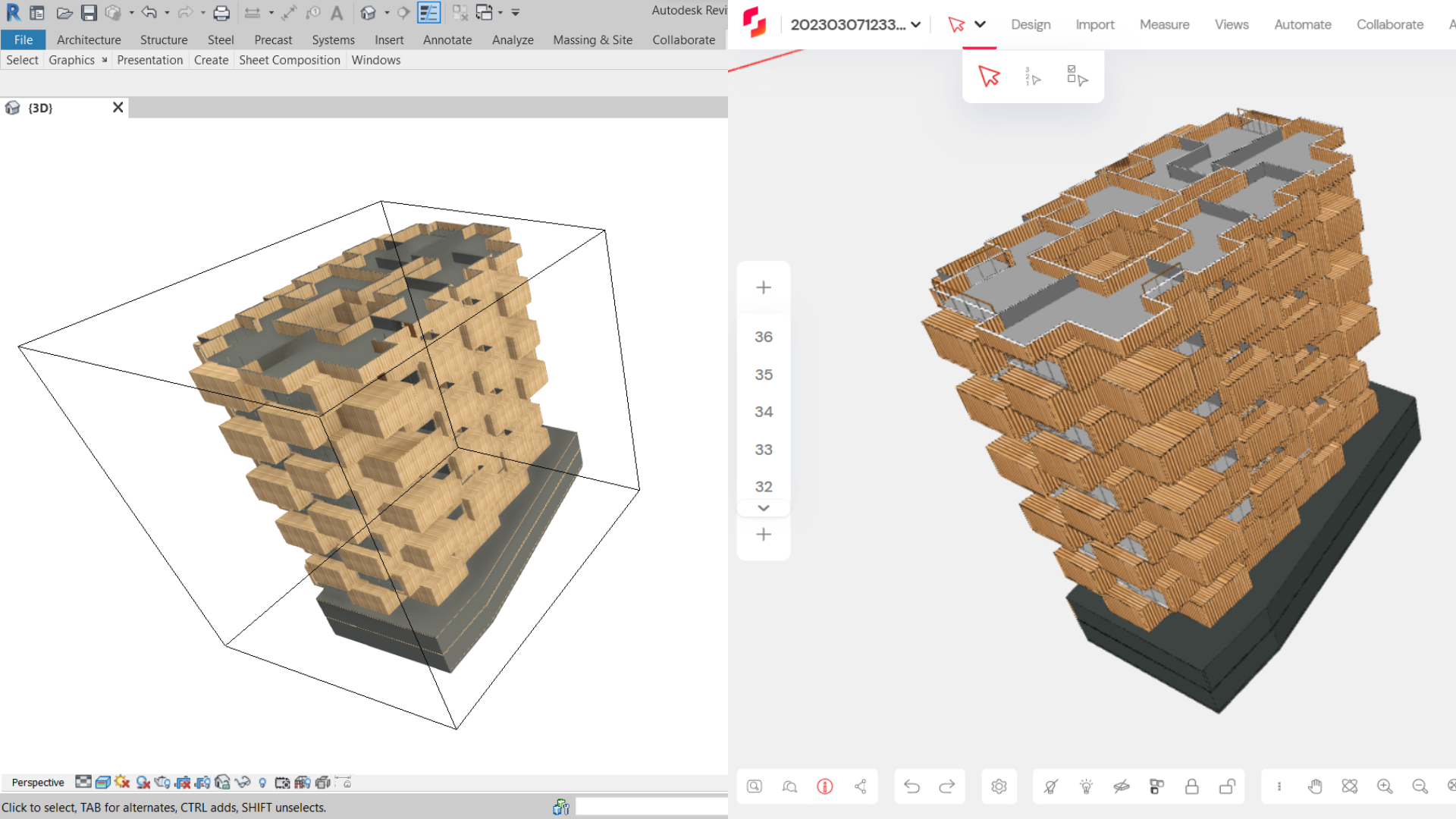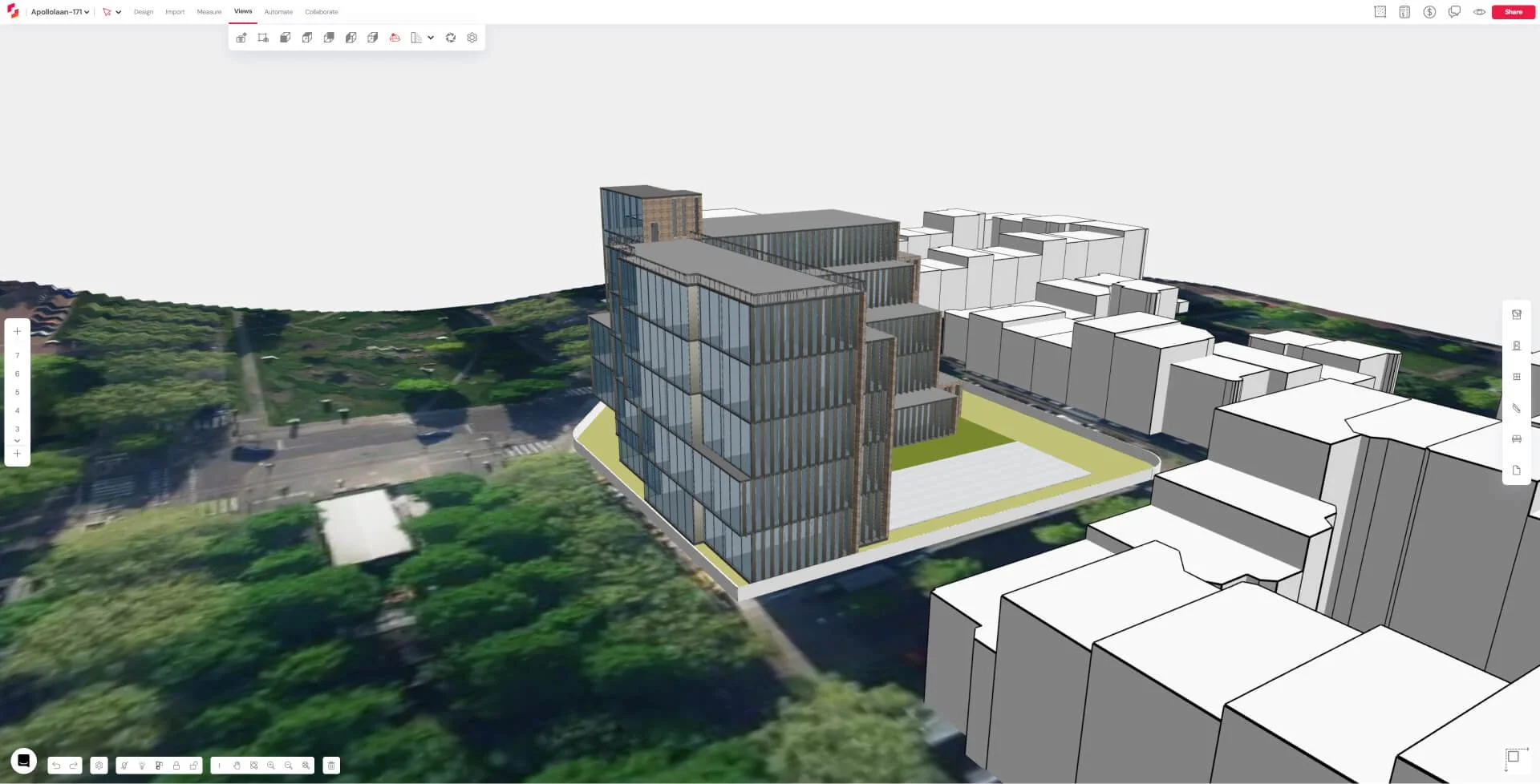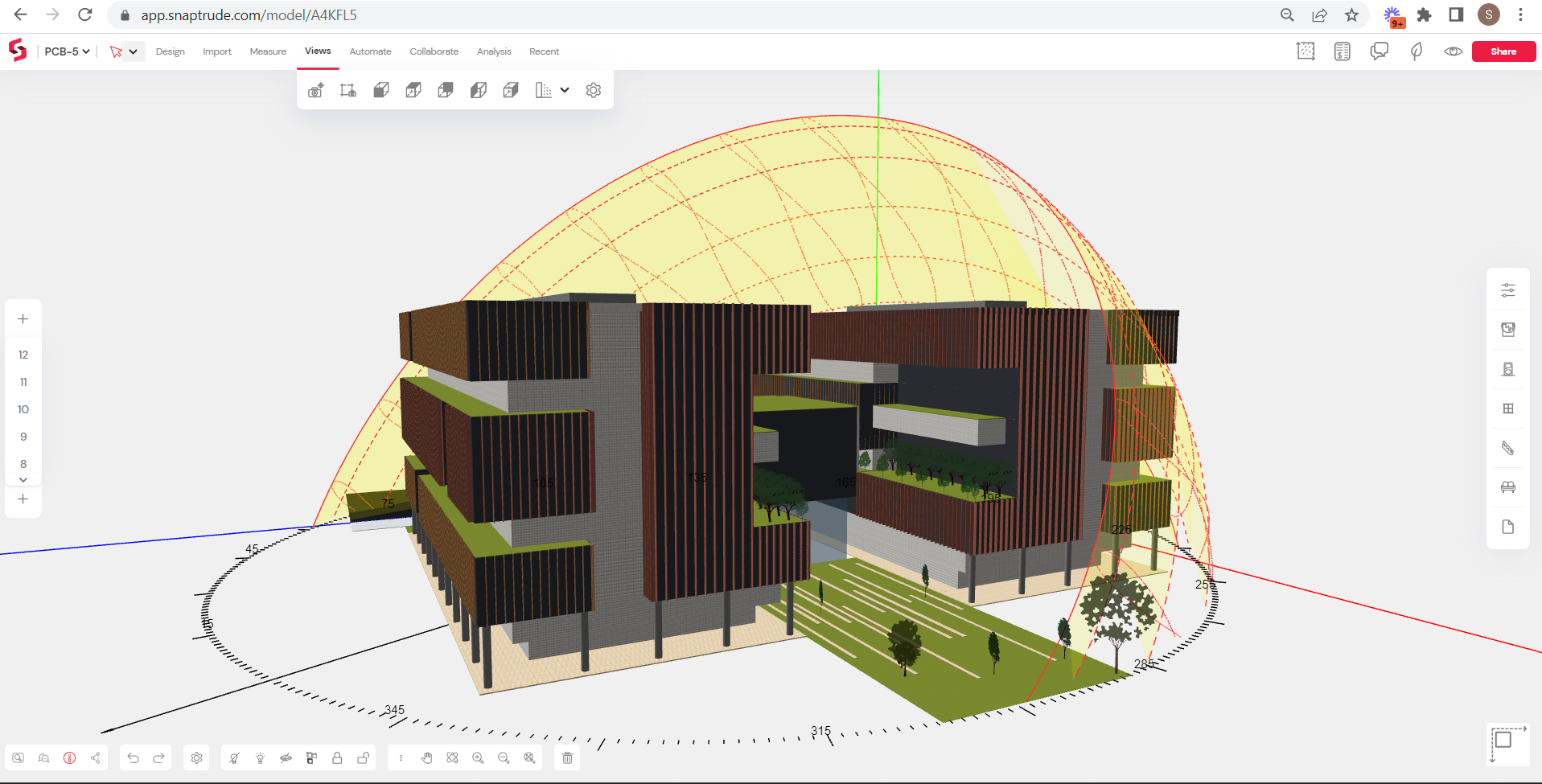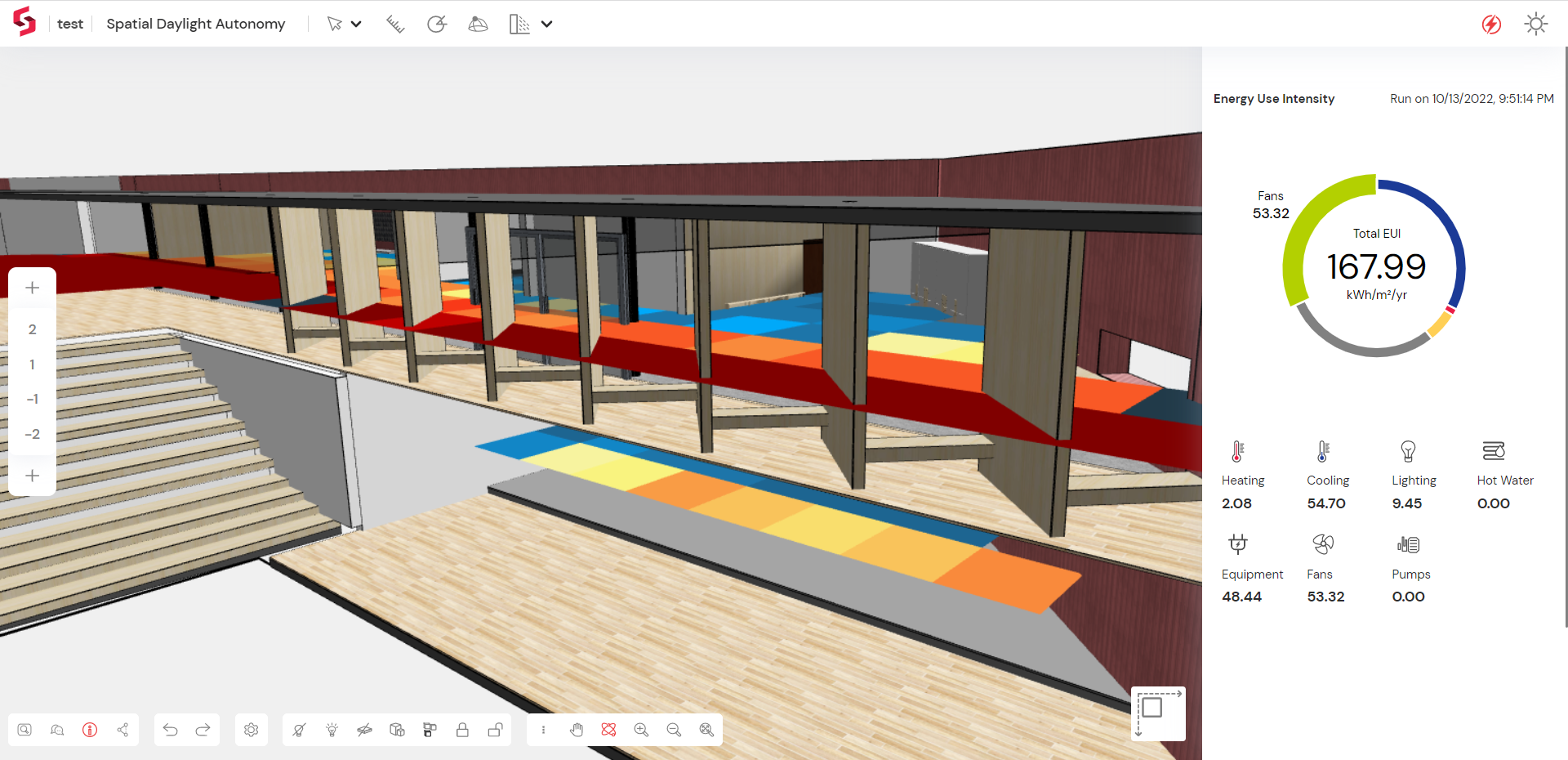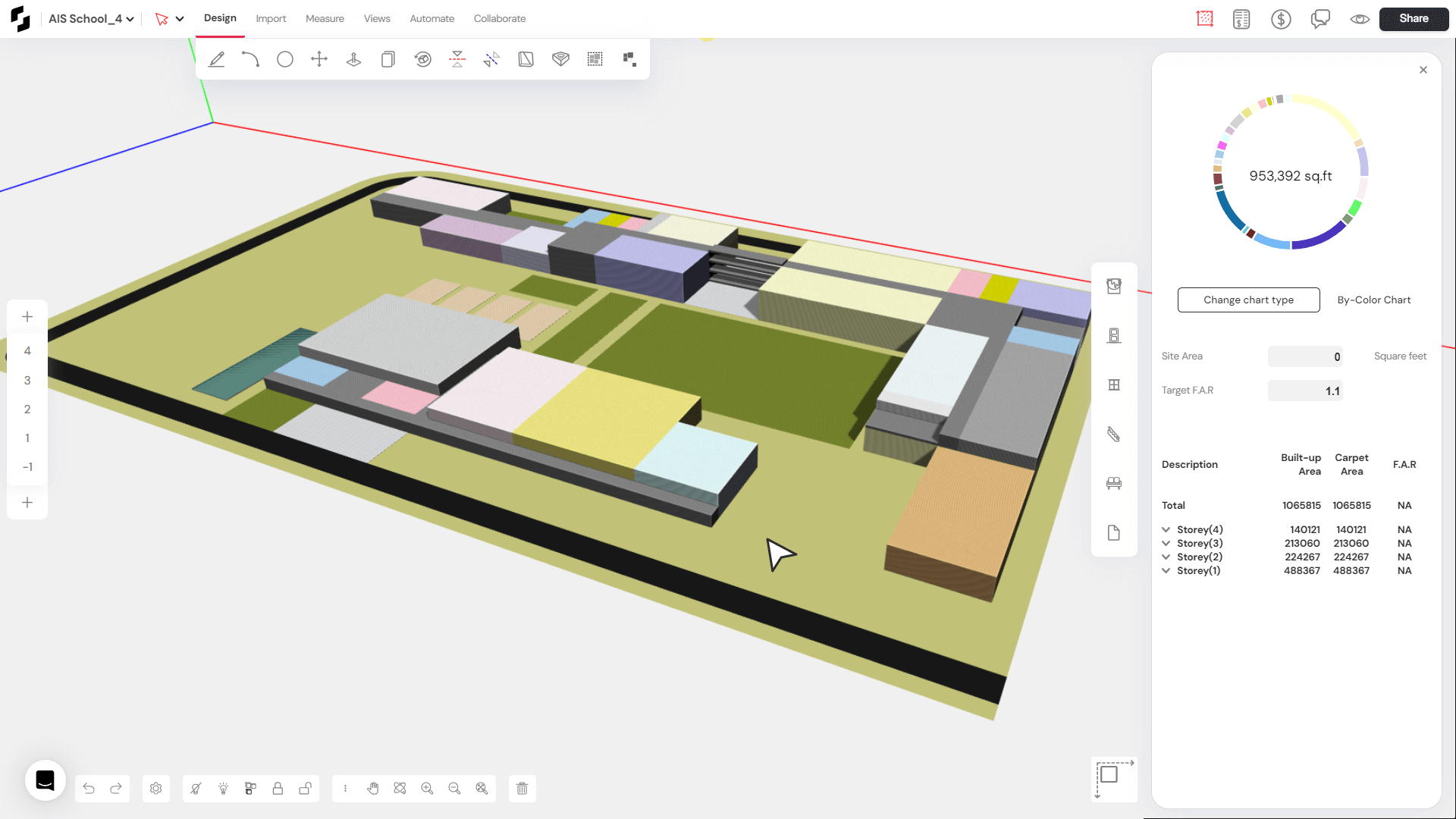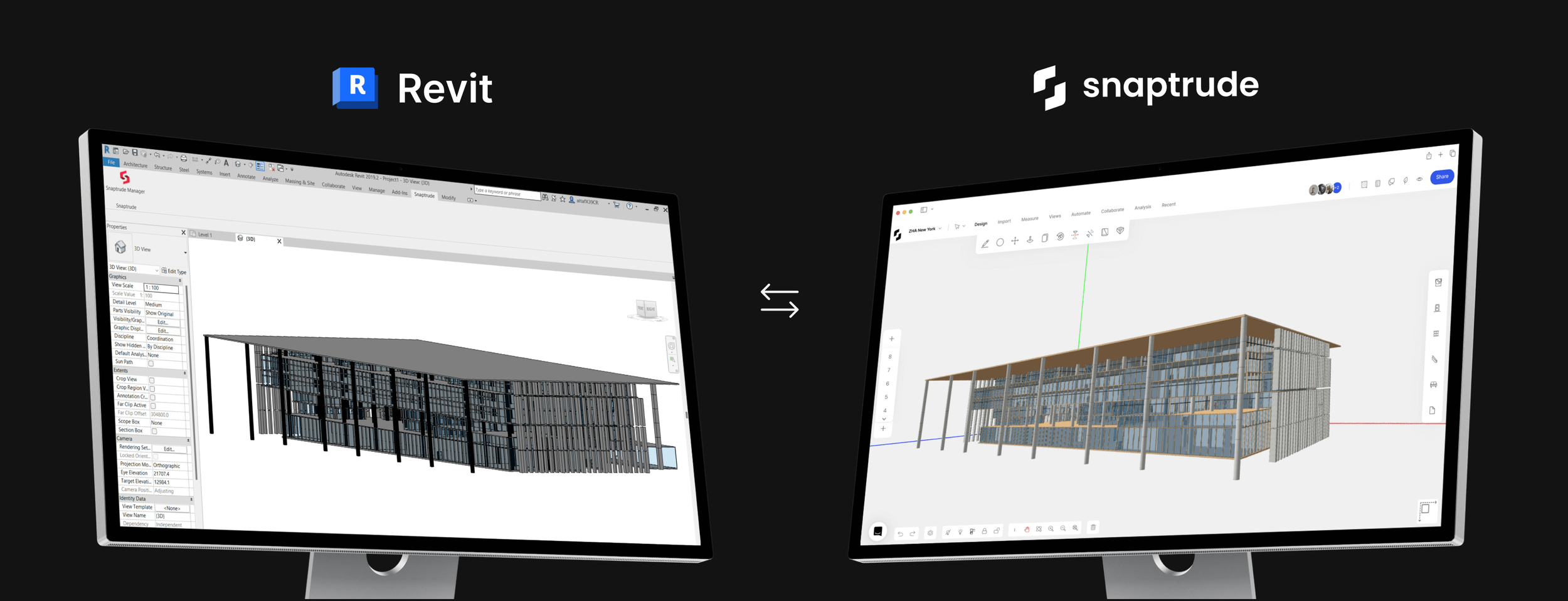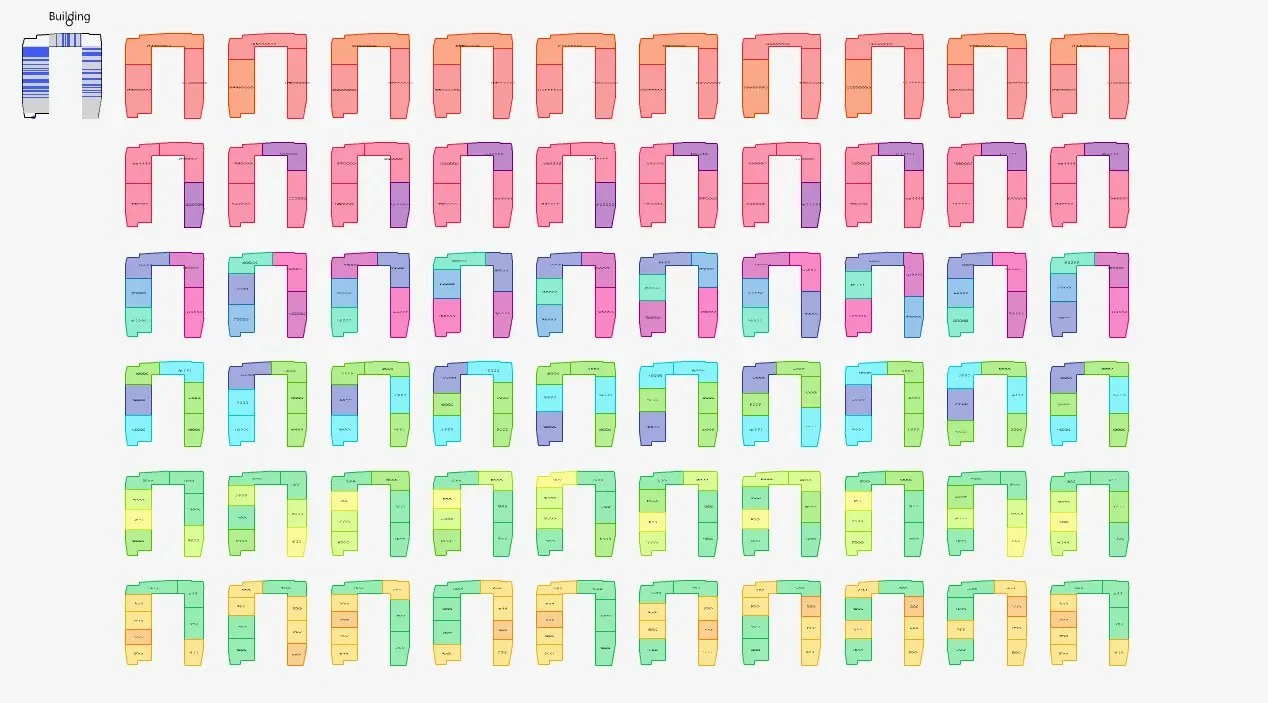 Image 1 of 8
Image 1 of 8

 Image 2 of 8
Image 2 of 8

 Image 3 of 8
Image 3 of 8

 Image 4 of 8
Image 4 of 8

 Image 5 of 8
Image 5 of 8

 Image 6 of 8
Image 6 of 8

 Image 7 of 8
Image 7 of 8

 Image 8 of 8
Image 8 of 8









Finch 3D can parametrically design for circular material use and energy efficiency
Finch 3D, founded by Pamela Nunez Wallgren, Jesper Wallgren, and Martin Kretz in 2019, is an AI-powered parametric design tool designed to optimise building design through advanced algorithms and graph technology. The platform provides immediate feedback on performance, detects errors, and finds optimal solutions, significantly enhancing the design process. Finch 3D is primarily aimed at architects and designers who seek to iterate quickly and explore a wide range of design options in the early stages of project development.
Location
Headquarters: Malmö, Sweden.
Operations: Global reach with users in multiple countries.
Strategic Reach: Cloud-based platform accessible worldwide, with strong connections to commonly used design software products.
The Circular Vision
Design Principles: Promotes efficient use of resources by enabling rapid design iterations and reducing the need for physical models.
Resource Optimization: AI-driven analysis for energy efficiency, daylighting, and carbon footprint to minimise resource use and maximise efficiency.
Life Cycle Considerations: Facilitates early-stage design optimization, potentially reducing waste in later stages of development.
Leveraging for Good: Creators can use Finch 3D to design buildings that maximise resource efficiency, reduce waste, and integrate sustainable practices from the outset.
Pioneering Solutions
Key Features: AI-powered floor plan generation, real-time feedback, error prevention, and optimization for code compliance.
Unique Value Proposition: Finch 3D significantly reduces design time, enabling users to generate and refine designs rapidly while ensuring compliance with building codes and standards.
The Regenerative Future
Ecosystem Support: Supports regenerative design by enabling the creation of efficient and sustainable structures that minimise resource use and environmental impact.
Future Development: Continuous R&D efforts focus on enhancing AI algorithms to further improve sustainability and efficiency in design.
Creative Empowerment: Finch 3D empowers designers to create innovative, sustainable solutions by providing data-driven insights and optimization strategies.
Ethical Considerations
Data Usage: Ensures data privacy and security, managing the complexity of AI-driven insights while protecting user information.
Bias Mitigation: Implements measures to prevent or address algorithmic bias, ensuring fair and accurate outcomes.
Transparency: Provides clear, data-driven insights and recommendations, allowing users to understand the basis for optimization suggestions.
Guardrails: Ensures compliance with building codes and standards while optimising for performance.
Challenges: Balancing automated optimization with the need for human creativity and decision-making in the design process.
Fact Sheet
Availability: Globally accessible cloud-based platform.
RIBA Stages: Most useful in stages 2-4 (Concept Design, Developed Design, Technical Design).
Circular Potential: 5/5.
Key Integrations: Compatible with Revit, Rhino, Grasshopper, and other 3D modelling software.
Cost Structure: Subscription-based model (specific pricing not provided).
Carbon Impact: Significant potential for reducing building carbon footprint through optimised design; platform's own carbon impact minimised through cloud-based operations.
Key Takeaway
Finch 3D is at the forefront of integrating AI and data-driven insights into architectural design, offering a comprehensive platform that significantly enhances design efficiency, reduces environmental impact, and promotes circular economy principles throughout the building lifecycle.
Explore Further
Finch 3D, founded by Pamela Nunez Wallgren, Jesper Wallgren, and Martin Kretz in 2019, is an AI-powered parametric design tool designed to optimise building design through advanced algorithms and graph technology. The platform provides immediate feedback on performance, detects errors, and finds optimal solutions, significantly enhancing the design process. Finch 3D is primarily aimed at architects and designers who seek to iterate quickly and explore a wide range of design options in the early stages of project development.
Location
Headquarters: Malmö, Sweden.
Operations: Global reach with users in multiple countries.
Strategic Reach: Cloud-based platform accessible worldwide, with strong connections to commonly used design software products.
The Circular Vision
Design Principles: Promotes efficient use of resources by enabling rapid design iterations and reducing the need for physical models.
Resource Optimization: AI-driven analysis for energy efficiency, daylighting, and carbon footprint to minimise resource use and maximise efficiency.
Life Cycle Considerations: Facilitates early-stage design optimization, potentially reducing waste in later stages of development.
Leveraging for Good: Creators can use Finch 3D to design buildings that maximise resource efficiency, reduce waste, and integrate sustainable practices from the outset.
Pioneering Solutions
Key Features: AI-powered floor plan generation, real-time feedback, error prevention, and optimization for code compliance.
Unique Value Proposition: Finch 3D significantly reduces design time, enabling users to generate and refine designs rapidly while ensuring compliance with building codes and standards.
The Regenerative Future
Ecosystem Support: Supports regenerative design by enabling the creation of efficient and sustainable structures that minimise resource use and environmental impact.
Future Development: Continuous R&D efforts focus on enhancing AI algorithms to further improve sustainability and efficiency in design.
Creative Empowerment: Finch 3D empowers designers to create innovative, sustainable solutions by providing data-driven insights and optimization strategies.
Ethical Considerations
Data Usage: Ensures data privacy and security, managing the complexity of AI-driven insights while protecting user information.
Bias Mitigation: Implements measures to prevent or address algorithmic bias, ensuring fair and accurate outcomes.
Transparency: Provides clear, data-driven insights and recommendations, allowing users to understand the basis for optimization suggestions.
Guardrails: Ensures compliance with building codes and standards while optimising for performance.
Challenges: Balancing automated optimization with the need for human creativity and decision-making in the design process.
Fact Sheet
Availability: Globally accessible cloud-based platform.
RIBA Stages: Most useful in stages 2-4 (Concept Design, Developed Design, Technical Design).
Circular Potential: 5/5.
Key Integrations: Compatible with Revit, Rhino, Grasshopper, and other 3D modelling software.
Cost Structure: Subscription-based model (specific pricing not provided).
Carbon Impact: Significant potential for reducing building carbon footprint through optimised design; platform's own carbon impact minimised through cloud-based operations.
Key Takeaway
Finch 3D is at the forefront of integrating AI and data-driven insights into architectural design, offering a comprehensive platform that significantly enhances design efficiency, reduces environmental impact, and promotes circular economy principles throughout the building lifecycle.
Explore Further




